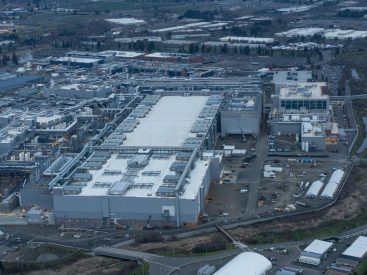The ‘office apocalypse’ is upon us,” proclaims a recent Business Insider article . It’s one of many with a similar message : U.S. cities are in deep trouble. Commercial real-estate values in half-empty big-city downtowns are cratering, taking property-tax revenues with them. Flummoxed local governments are looking for solutions. The most obvious remedy—residential conversion of surplus office space—has been slow to materialize. Finding ways to boost population and employment enough to refill downtown offices might be a better option, particularly where restrictive building rules have suppressed growth for decades. Local governments should view the decline in downtown office values as an opportunity, not a catastrophe. If many firms really can run productively without a five-day-a-week employee presence in the office, that will represent a wrenching structural change in the economy—comparable with the post–World War II shift in manufacturing and goods distribution out of cities to peripheral locations in metropolitan areas, low-cost Sunbelt states, and low-wage foreign countries. Many cities adapted to those economic upheavals, as well as the concurrent loss of jobs, by dramatically boosting employment in services. This included the expansion not only of financial, professional, and business services but also of health care and higher education. The […]
Click here to view original web page at www.city-journal.org



